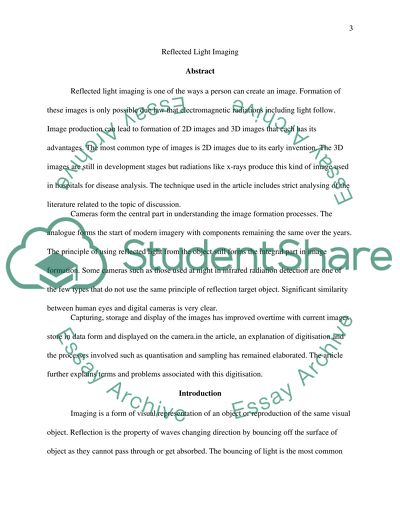Cite this document
(“Reflecting imaging Essay Example | Topics and Well Written Essays - 2000 words”, n.d.)
Retrieved from https://studentshare.org/information-technology/1681950-reflecting-imaging
Retrieved from https://studentshare.org/information-technology/1681950-reflecting-imaging
(Reflecting Imaging Essay Example | Topics and Well Written Essays - 2000 Words)
https://studentshare.org/information-technology/1681950-reflecting-imaging.
https://studentshare.org/information-technology/1681950-reflecting-imaging.
“Reflecting Imaging Essay Example | Topics and Well Written Essays - 2000 Words”, n.d. https://studentshare.org/information-technology/1681950-reflecting-imaging.


